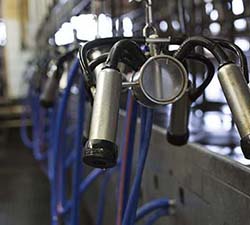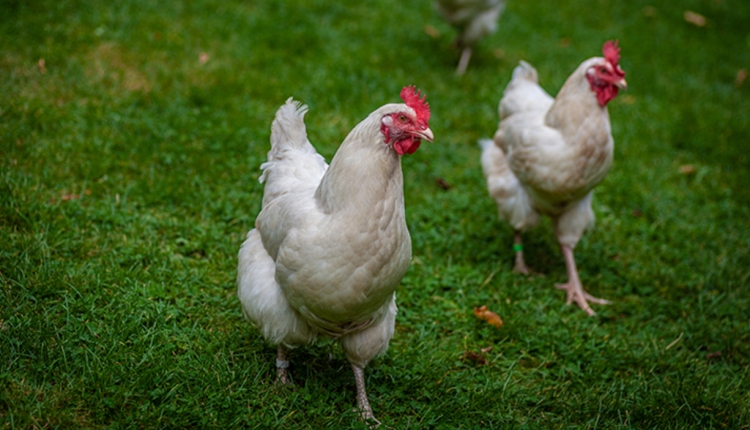 Since the 1980s, Europe has operated with a quota system to address supply and demand issues associated with surplus production. Europe's entire quota program is expected to sunset in April 2015.
Since the 1980s, Europe has operated with a quota system to address supply and demand issues associated with surplus production. Europe's entire quota program is expected to sunset in April 2015. As part of the current checks and balances, the European Commission tracks quota bases - one for deliveries to processing plants and another for direct sales at the farm level. For the fiscal year ending March 31, 2013, five European countries surpassed milk quotas for deliveries to processing plants.
The largest excess was registered by Austria which exceeded it quota base by 3.6 percent. It was followed by Cyprus, Denmark, Poland and Germany which were all under 1 percent. Despite the slight overproduction, stiff penalties were assessed by the European Commission. Collectively, these five countries paid out levies of 46 million Euros which is roughly $63 million (U.S. dollars). In addition, the Netherlands overshot its direct sales quota by 1.4 percent and faced a much smaller levy of 301,000 Euros. Note, direct sales account for less than 3 percent of all sales.
Despite the overshipments to processors, the remaining 22 countries were all under quota. As a group, the European Union's collective milk output was 6 percent below its benchmark. That compares to 4.7 percent from the previous year.
Most interesting was the fact that 13 of the EU's 27 participating countries were more than 10 percent below allotted quota (some are not major milk-producing countries). Some of these countries are not serious dairy players as 11 of the European Unions' 27 counties account for 75 percent of its milk flow. Those countries well under its quota included:
- Bulgaria, -55.3 percent
- Romania, -47.3 percent
- Greece, -26.5 percent
- Hungry, -23.7 percent
- Sweden, -21.7 percent
- Lithuania, -21 percent
- Slovak Republic, -19.9 percent
- Malta, -17.5 percent
- Finland, -14.3 percent
- United Kingdom, -13.8 percent
- Portugal, -11.8 percent
- Czech Republic, -11.7 percent
- Slovenia, -10.7 percent

The author is the managing editor, and he brings 18 years of industry leadership to our readers overseeing all editorial content and production of the magazine. His degree from the University of Wisconsin-Madison combined dairy science and agricultural economics.








